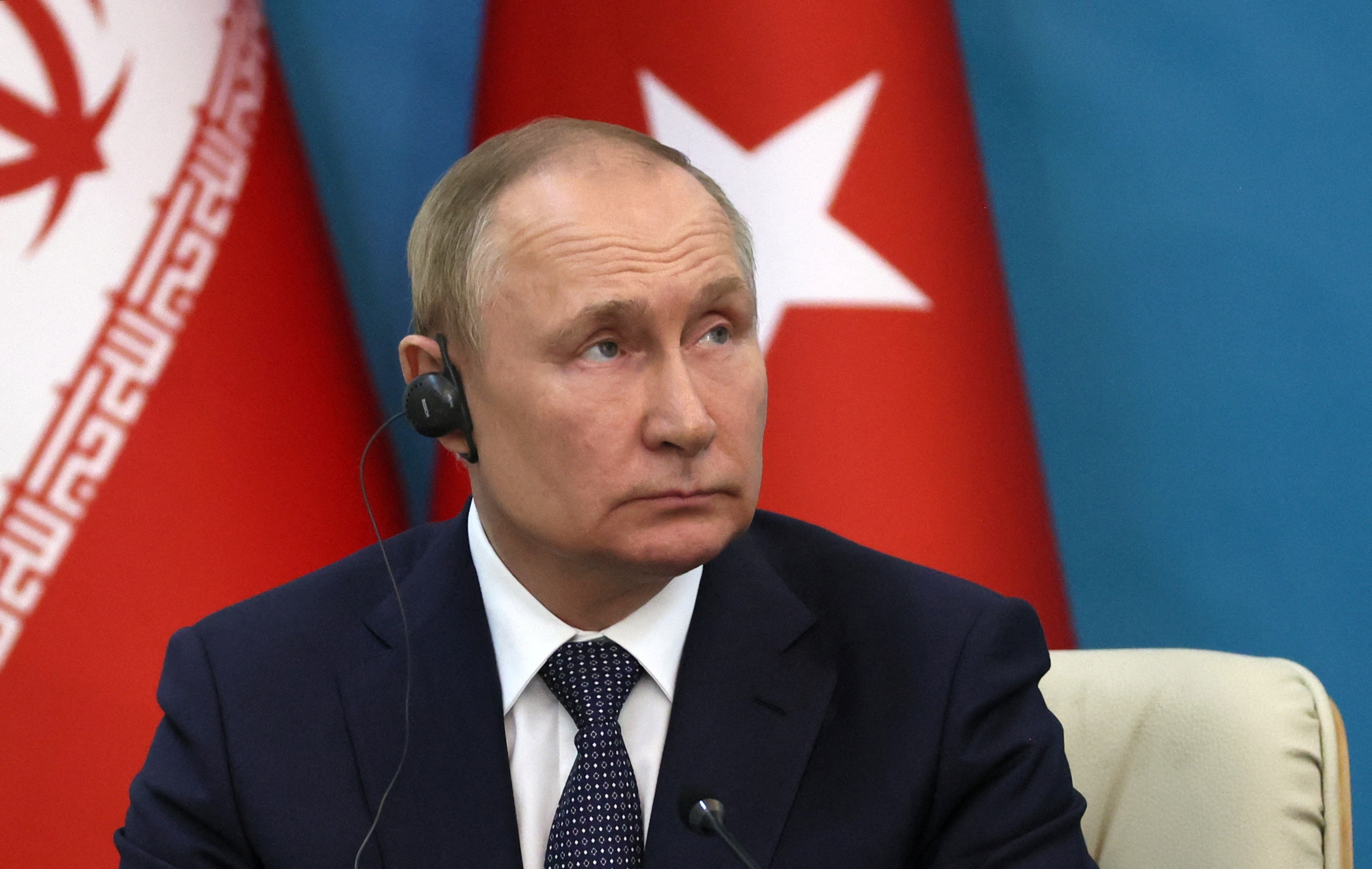Strong demand for cheaper Russian crude from China’s independent refiners, competition from Indian refiners, and the OPEC+ supply cuts, including from Russia, have all combined in recent weeks to lift the price of the ESPO crude.
Early this month, the price of Russian ESPO crude jumped to the highest in seven months as Chinese buyers rushed to buy it ahead of a 500,000-bpd cut in exports Russia has pledged for August.
ESPO has been trading consistently above the G7 price cap of $60 per barrel because it is the preferred Russian blend of Chinese refiners. The ESPO blend is lighter and sweeter than the flagship Russian blend Urals, which has normally traded at a more significant discount to Brent crude.
Despite the recent jump in ESPO prices, the Russian crude grade remains the cheaper option for Chinese refiners because similar grades from West Africa and Brazil are trading at premiums over Brent for deliveries in September and October.
If the OPEC+ group further reduces supply, the ESPO price could jump again and narrow the discount to around $1 per barrel, an oil trader told Reuters.
above the G7 price cap of $60 per barrel because it is the preferred Russian blend of Chinese refiners. The ESPO blend is lighter and sweeter than the flagship Russian blend Urals, which has normally traded at a more significant discount to Brent crude.
Despite the recent jump in ESPO prices, the Russian crude grade remains the cheaper option for Chinese refiners because similar grades from West Africa and Brazil are trading at premiums over Brent for deliveries in September and October.
If the OPEC+ group further reduces supply, the ESPO price could jump again and narrow the discount to around $1 per barrel, an oil trader told Reuters.






